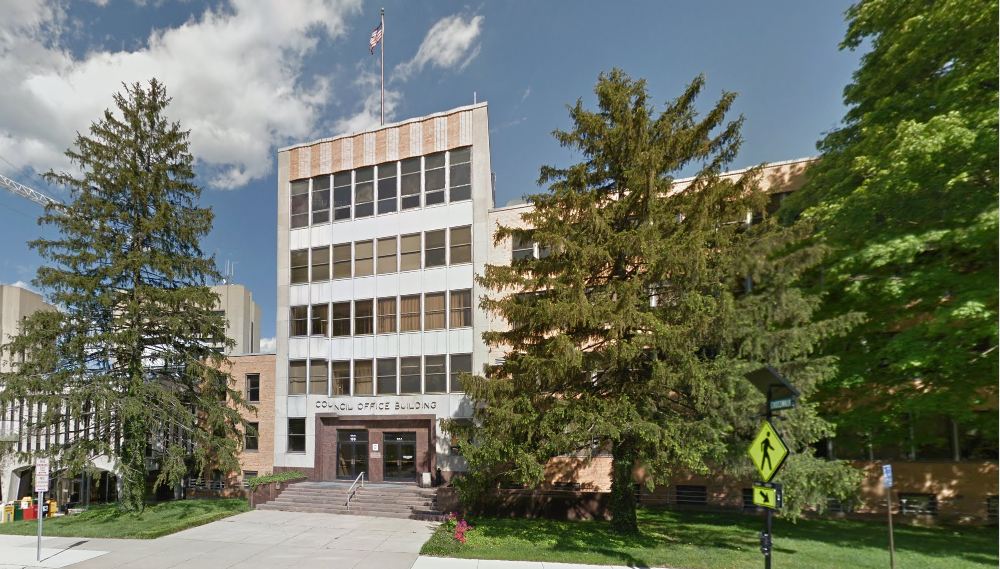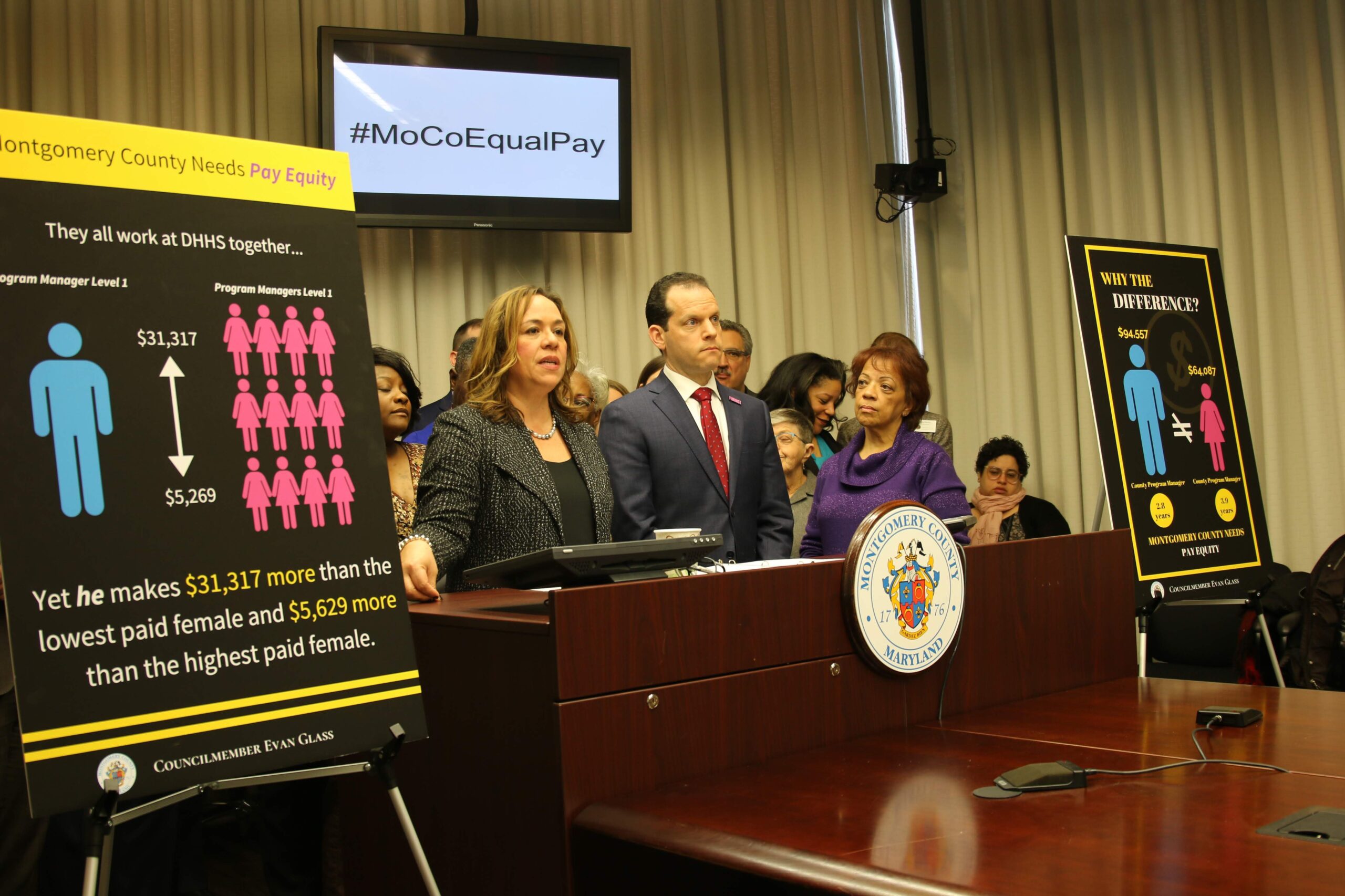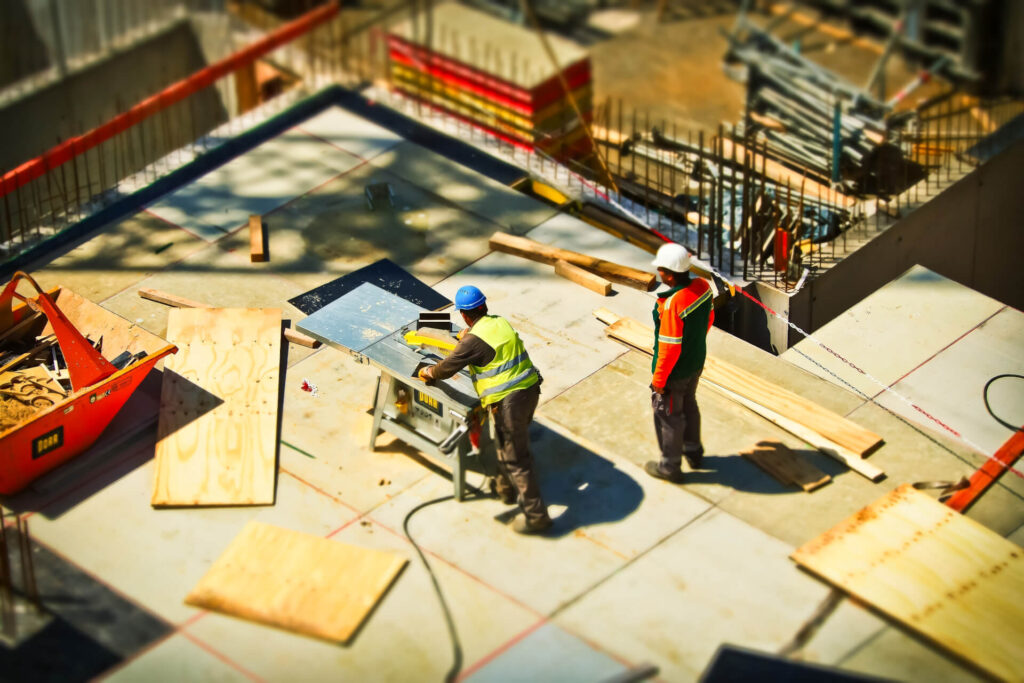Hans Riemer: The Montgomery County Council made historic progress on housing

By Hans Riemer
The writer served as an at-large Montgomery County council member from 2010-2022, and was chairman of the council’s Planning, Housing & Economic Development Committee.
Responding to the growing challenge of affordability in an expensive region, the Montgomery County Council enacted powerful housing policies over the past several years. As the just-finished council’s chair on housing matters, I had the opportunity to lead my colleagues to enact these reforms.
The context of housing policy shifted helpfully several years ago when the Washington region’s Council on Governments undertook a housing affordability initiative. That project focused on where we are headed, finding that costs will only continue to rise as supply fails to meet demand.
In its call to action, the Council of Governments concluded that Montgomery County would need to nearly double the amount of new housing created every year — which has declined to about half of its historic annual rate — while placing thousands of units under long term affordability protections.
So how did the council respond?

Hans Riemer, former Montgomery County Council at-large member.
First, we completed a generational cycle of enacting plans, culminating with Thrive Montgomery 2050, that allow more housing in various geographic areas of the county, encouraging the private sector to build near Metro and the Purple Line. From Downtown Bethesda and Silver Spring, up Rockville Pike from Grosvenor and White Flint to Shady Grove; along the MARC line in Germantown and the Viers Mill corridor from Wheaton to Rockville, and in areas that are less transit centered today such as Burtonsville and Sandy Spring — we provided for more housing, more walkable communities that prioritize safety for everyone and are just better places to live than the outdated designs of the past.
To implement our vision, we raised funding for affordable housing developers to unprecedented levels — over $188 million available this year in the County Housing Initiative Fund, a massive increase from previous years.
We created a $100 million construction loan fund to help our public housing authority build mixed-income housing. This “social housing” fund will support a pipeline of development that will create thousands of housing units and contribute a substantial share to Montgomery County’s annual housing goals (nearly one-third in some years!). Look for ribbon cuttings in Shady Grove, White Oak, and downtown Bethesda, among other places.
We passed legislation establishing automatic tax abatements for nonprofit-owned affordable housing, enabling novel approaches to preserving affordability. The JBG Washington Housing Initiative has already used this policy in partnership with the nonprofit Montgomery Housing Partnership to purchase a building in Wheaton, their first joint project in Montgomery County.
We passed zoning reform to legalize Accessory Dwelling Units, a gentle way to add density and affordability inside existing neighborhoods, that is producing marvelous backyard cottages all over the county. And we increased density in certain targeted areas near transit that were inappropriately reserved for single unit housing.
We passed legislation requiring 15% of new residential units in wealthy areas be set aside for moderate-income households — an expansion of Montgomery County’s nationally recognized “inclusionary zoning” policy — providing lower income families access to high opportunity neighborhoods.
We reformed permitting by abolishing a housing “moratorium” policy that held back private development, and recalibrated new housing taxes to more accurately reflect costs.
To support renters during COVID-19, we enacted an emergency rental increase moratorium that lasted nearly two years and we partnered with organizations to help tenants access rental assistance and legal counsel, avoiding eviction.
And finally, we passed legislation creating a tax abatement for high rise development on WMATA property — seeking to transform parking lots that pay zero taxes and provide few benefits and turn them into vibrant communities that generate prosperity and reduce our climate impact.
The council got immediate results on this bold policy — and WMATA is calling it not only a regional but a national model for fostering transit-oriented development. An early December groundbreaking at the Grosvenor Metro launched a development that will ultimately create thousands of units there.
Further achieving our goals, Amazon is working to bend the affordability curve by providing funding to put 22% of the units under rent restrictions, up from the already high 15% required by law. A second groundbreaking is imminent on a new high rise at North Bethesda Metro.
The new market rate Metro housing will help to protect the affordability of the surrounding neighborhoods by providing a place for people to live near Metro without displacing those who are already in the area.
These visionary reforms will help keep Montgomery County growing and thriving while promoting affordability and inclusion. While there is a lot more to do, the last few years have seen truly historic progress.




 Creative Commons Attribution
Creative Commons Attribution